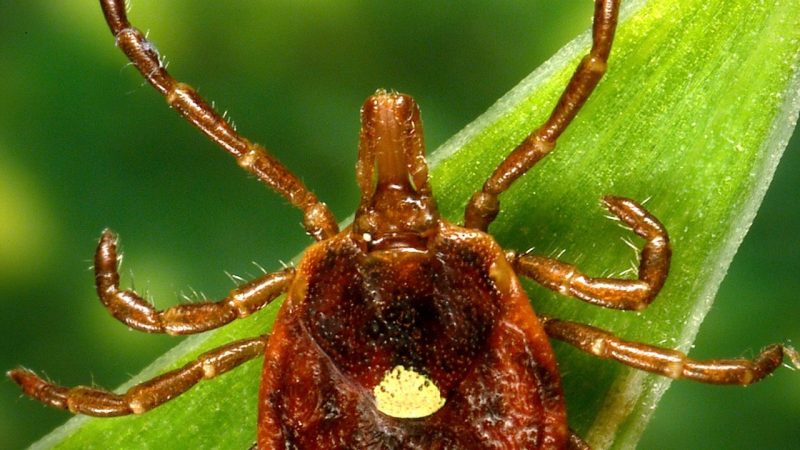Tick season is starting across the country, and experts say it’s important to be vigilant this year.
As springtime temperatures start to rise — typically above 45 degrees — you will want to think about how to protect yourself and your pet from ticks in grassy, leafy and wooded areas. As outdoor activities ramp up, so does exposure to ticks, which are on the prowl and ready to hitch a ride on you or your pet.
“The adults will crawl up onto the edges of grass and they have a behavior called ‘questing,’ so they’ll stick their legs up in the air and they will wait for you to come by, and the moment you brush their legs, it hangs on and holds on for dear life,” said William Miller, an assistant professor of biology at Calvin University in Grand Rapids, Michigan.
According to the Centers for Disease Control and Prevention, ticks are most active from April until September, when temperatures are warmer.
Miller said that in West Michigan, for example, the tick population has been expanding along the Lake Michigan shoreline for the last 20 years.
However, no matter where you are, there are ways to protect yourself from ticks.
“I tuck my pants into my socks to create a gasket around my ankles where ticks can’t get in through, and then I also tuck my pants into a belt line,” Miller said.
Using chemical repellents is also recommended.
“EPA-certified tick repellants. So things like DEET can be used every time you go out in the woods,” said Miller.
Ticks like certain spots — such as ankles, armpits, groin or waistline — where they can get under clothing, Miller explained. And, of course, they like pets as well.
“Make sure you check your companion over because this is not only good for your pet’s health, but also for your health,” he said. “One of the ways ticks can get into your home, your environment is on your furry friends.”
The CDC says dogs are “very susceptible” to tick bites and related diseases, though other pets can also be affected.
“Tick bites on dogs may be hard to detect,” the CDC states. “Signs of tickborne disease may not appear for 7-21 days or longer after a tick bite, so watch your dog closely for changes in behavior or appetite if you suspect that your pet has been bitten by a tick.”
The longer a tick is on a host, the greater the chances of Lyme disease, which is transmitted by ticks carrying the borrelia bacteria, according to the Mayo Clinic.
Human symptoms include fever, headache, fatigue and a skin rash, while pets may experience fever, appetite loss, joint swelling and decreased activity.
When it comes to getting ticks off clothes, Miller recommended a simple solution.
“You can actually throw your clothing into the dryer and set it on heat for 10 minutes. That’s enough to knock them off and kill them,” Miller said.
To educate people and identify ticks, an associate professor at Michigan State University created The Tick App, where users can submit a photo of a tick.
